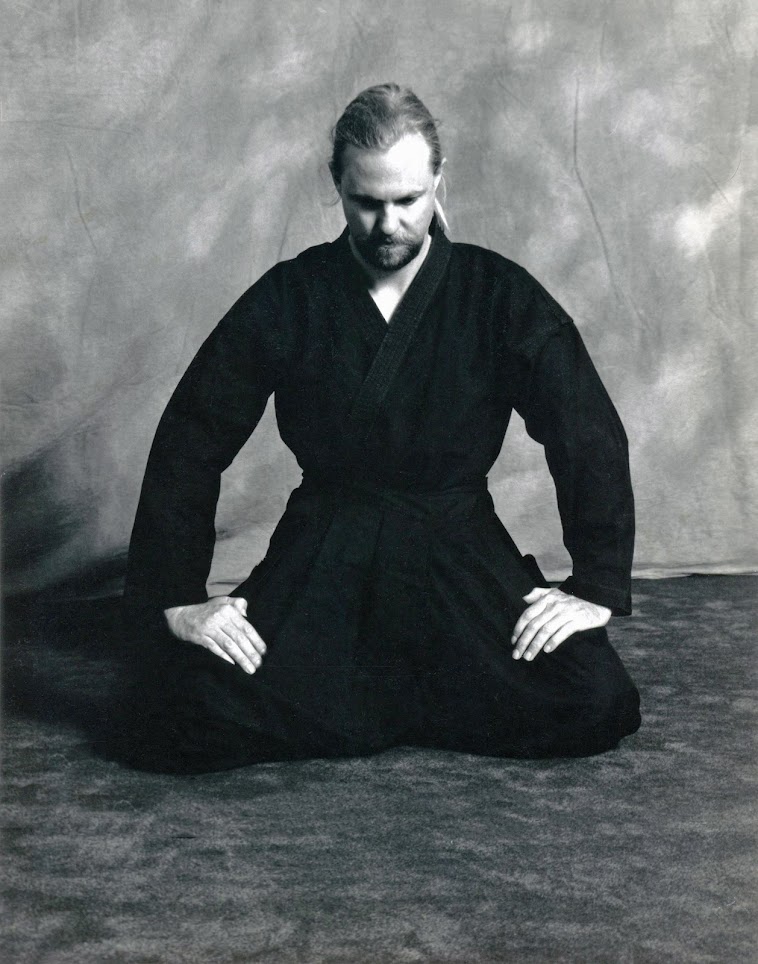By
Scott Shaw
Here is an article I wrote
and published in the first collection of writings for The Scott Shaw Zen Blog
in 2011. You can also find it in my first blog based book, Scribbles on the
Restroom Wall. I recently was thinking about this article so I thought I would
repost it. Enjoy…
The Korean term, “Dojang,” is used to describe a martial art training facility. The Japanese term, “Dojo,” is perhaps the more commonly known word, used to describe the same training space.
Most people have the belief that a
dojang is some sort of scared space where only the higher learning of the martial
arts is transacted. For me, this was amusingly not the case.
My first martial art training began
when I was six. Though, in fact, I had always possessed a rudimentary
understanding of the martial and fighting arts as my father earned his black
belt during World War II and my uncle had been a professional boxer prior to
World War II.
My first teacher was a Korean born
Hapkido black belt. This man was probably one of the first Hapkido black belts
to immigrate to the U.S. Though he never owned a formal school, he was one of
the first people, I know of, to have taught Hapkido in the U.S.; though he
referred to it by one of its earlier names, Ho Shin Moo Do. Me, as a
six-year-old, I just thought I was studying Karate.
This man made his living as a
gardener and he trained a group of young South Korean student in his back yard.
As he was a friend of my father’s, I was allowed to train with them.
I always remember how nicely groomed
his yard was. He had a couple of nicely trimmed trees and nice flowers and plants
lined his fence. I mean, he was a gardener after all...
The man would train the five or six
of us, as he walked around with a bamboo staff to smack us with, if we did
something wrong, and a cigarette hanging out of his mouth. I didn’t really
think that much about it as both of my parents smoked. In fact, even my
dentist, who was also Asian, used to sit overlooking his dentist chair, with a
cigarette burning behind him, as he examined my teeth. It was obviously a
different era. :-)
After earning my black belt, I
eventually went to a couple different dojangs through my teenage years, as we
moved around the L.A. area more than a little bit. All were operated by Korean
born teachers. And, though they didn’t walk around the training floor smoking
as they taught their classes, they all would sit at their desk or in their
waiting room, smoking.
By the time I was twenty-one, I was
helping a newly arrived Korean master I had met in Seoul establish his
business. I taught virtually all of the classes for him for years. Though he
had a No Smoking sign behind his desk, he constantly smoked in the dojang.
Perhaps even more interesting is the fact that each day he would have his
friends come by and they would go out to the central dojang floor, sit there
smoking, drinking, and playing Ma Jak. Ma Jak is more commonly know as Mahjong.
Ma Jak is a Korean gambling game that they would play all day.
If you have ever watched Koreans
playing this game, it is quite a site. They get all excited as they yell and
scream as they toss down the small tiles, (which are kind of like dominos), and
are used to win or lose the game.
He was actually one of my two most
influential teachers. He was already in forties when I met him but was still a
great physical technician. For those non-martial artists out there who may not
be aware of this, by the time you reach your forties, having practiced the
martial arts for your entire life, your body is most commonly rapidly breaking
down, maybe even already trashed, due to all of the harsh training that goes
hand-in-hand with the martial arts. But, he could still fly through the air
quite gracefully.
We became good friends. He and I
would go out and get drunk at the Korean hostess bars in Koreatown, at strips
clubs, and occasionally partake of other substances. But, those are other
stories…
One thing that most people probably
don’t understand is that, even though most South Korean men are avid churchgoers,
they are very old school. They, like I, judge a man by how much he can drink.
Though I was only twenty-one when I first began working with this man, I had
already, long ago, developed the ability to be able to drink round-for-round
with the best of ‘em. So, I was readily accepted into their community. Few
non-Koreans are ever let inside this world.
Eventually, he got remarried,
stopped the partying, and several years later, he and I had a major falling
out. I never saw him again. But, that’s fine. “Falling out,” lets you move away
from one situation and chart out new territories.
But, I always fondly remember his
school and how for the years I worked with him, he and his friends would sit
around the training floor, smoking and playing Ma Jak each day as they yelled
while they threw down the tile pieces and screamed at each other.
Dojangs, they are not always what
they seem. :-)
Copyright © 2011 – All Rights Reerved.
